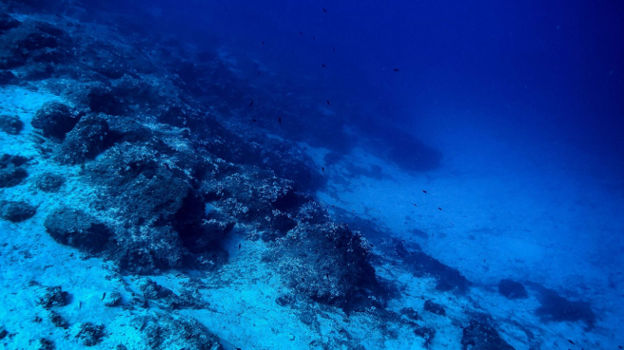Oceans cover 71% of Earth, yet an astounding 95% remains unexplored. The deep ocean, which plunges to depths of up to 11 kilometers (6.8 miles), is harsh and inhospitable. It is dark, icy, and under immense pressure of 1,088 atmospheres (16,000 pounds per square inch). Despite these extreme conditions, some remarkable creatures manage to survive.
Discovery of Dulcibella camanchaca
A recent study by researchers from the US and Chile has led to the discovery of a new species, Dulcibella camanchaca. This amphipod was found in the Atacama Trench off South America’s western coast. Notably, the researchers found four individuals at an astonishing depth of 7,902 meters, marking a significant breakthrough in deep-sea research.
A New Predator in the Hadal Zone
Unlike most amphipods that scavenge or feed on detritus, D. camanchaca actively hunts prey. This makes it the first known predatory amphipod in the hadal zone, an area of the ocean deeper than 6,000 meters. This discovery is particularly important because it could offer valuable insights into similar extreme environments, such as the ocean moons Europa and Enceladus. By studying such ecosystems, scientists may also advance our understanding of life beyond Earth.
Naming the Species
Interestingly, the species belongs to a newly identified genus. The researchers named it Dulcibella, drawing inspiration from Dulcinea del Toboso, a character from Don Quixote. However, since “Dulcinea” was already used for a beetle, the species was named camanchaca, a word meaning “darkness” in local South American languages. This name aptly reflects the deep, shadowy waters the species inhabits.
Adapted for the Deep
Measuring just under 4 centimeters, D. camanchaca is pale and well-suited to the cold, dark depths of the ocean. It has specialized raptorial appendages, or gnathopods, that allow it to catch and consume prey.
The species was discovered during a 2023 expedition as part of Chile’s Integrated Deep-Ocean Observing System. Using a lander vehicle equipped with baited traps, the researchers successfully retrieved these rare specimens, offering new insights into the mysteries of the deep ocean.























